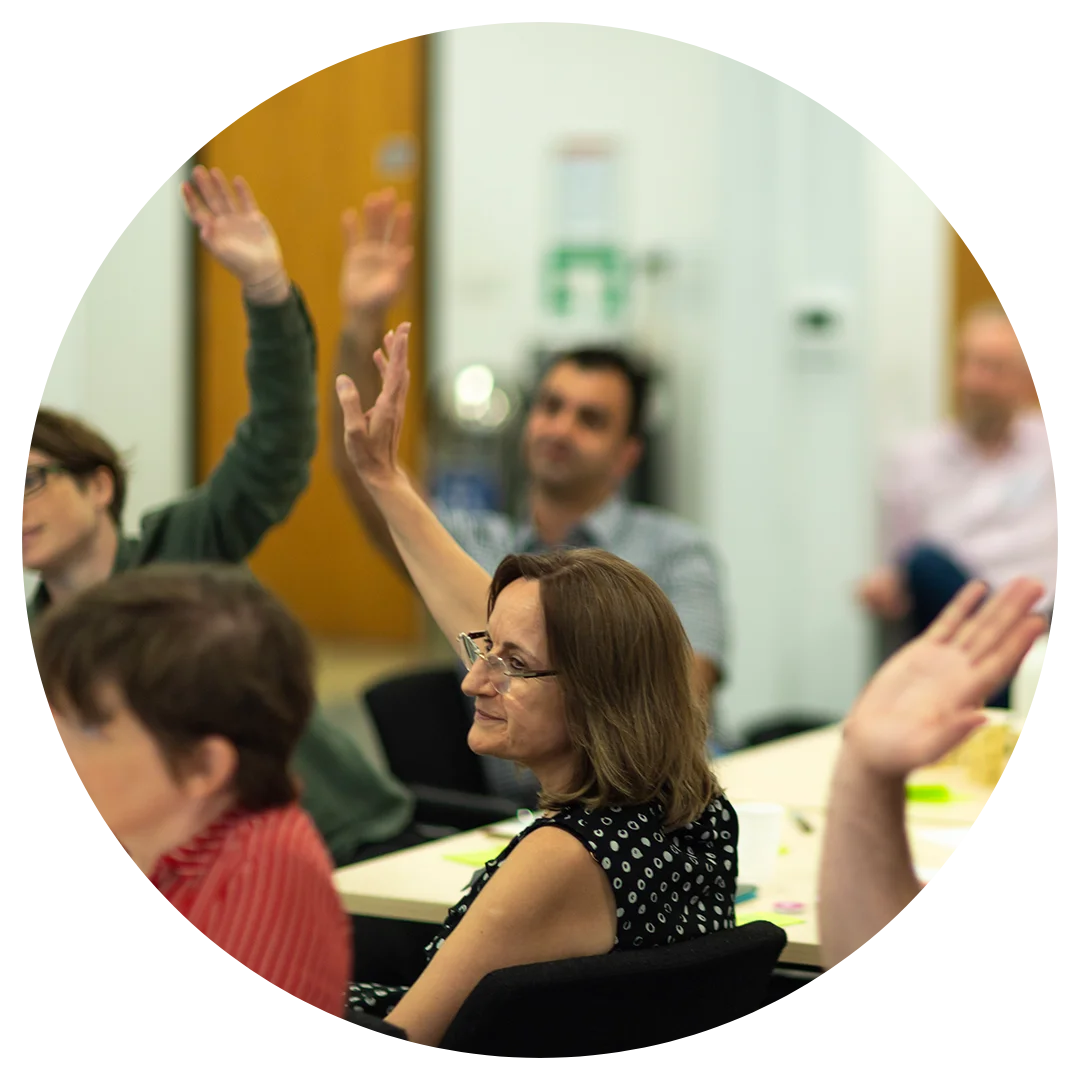Build it and they will come – innovation meets accessibility at Queen Elizabeth Olympic Park
Queen Elizabeth Olympic Park (QEOP) is widely recognized as one of London’s most accessible public spaces. Designed for the 2012 Olympic and Paralympic Games, the park was built with inclusion, accessibility, and long-term sustainability at its core. Over a decade later, the legacy of these principles still resonates throughout the park and its many venues.
A legacy of accessibility
The park offers step-free access across its entire site, with wide, paved pathways ensuring easy navigation for wheelchair users and individuals with mobility impairments. Lifts and ramps provide access to elevated areas and bridges, while seating areas are strategically placed for rest breaks. Accessible toilets, including changing facilities, are available in key locations to support a wide range of accessibility needs.
Public transport links to the park offer step-free access and all major venues were designed with accessibility in mind offering Blue Badge parking bays accessible facilities and inclusive experience design for all people. The London Stadium offers dedicated wheelchair and companion seating, while the ArcelorMittal Orbit features lift access and a step-free viewing platform. The London Aquatics Centre provides pool pod lifts for easy water entry, and Lee Valley VeloPark offers handcycles and adapted bikes for inclusive cycling experiences. Assistance dogs are welcome throughout the park, and some venues provide induction loops and large-print guides for visitors with visual or hearing impairments, ensuring a welcoming experience for all.
The Olympic Park is making steps to continue being at the forefront of inclusivity and accessibility live up to its vision of inclusivity and accessibility. The goal is to supplement the physical infrastructure of the park with digital initiatives to enhance the visitor’s and local user’s experience.
Continuing the vision of inclusion
The innovation team within the London Legacy Development Corporation (LLDC), works to unlock QEOP as a testbed for innovators and support its development as an innovation district. The team supports trials of pioneering solutions, helping shape the park as a testbed for urban and digital innovation. One such initiative is the collaboration with Accessify, an AI-powered accessibility platform designed to empower individuals with diverse mobility needs.
The project is funded by the EU-Horizon programme, part of the wider CommuniCity initiative with the aim to support solutions to overcome digital and urban challenges for marginalised communities, with 100 tech pilots across 17 cities.
The Accessify team, based in Sarajevo, have been connected to various venues and stakeholders at the park and had initial discussions around the accessibility provisions and challenges that the venues face in their day-to-day activities and during large-scale events. The findings from this phase will inform platform development, refine digital accessibility features, and shape the upcoming physical trial at QEOP.
“We’re really excited by the prospect of bringing together crowd-sourced knowledge and real-time mobility data to enable a new kind of wayfinding. London’s local government has a great track record of opening up data to support innovation – with Accessify’s trial, we’re looking to explore how we can supplement this to build wayfinding solutions for people with specific mobility needs. Meeting the needs of underserved communities through the ethical, inclusive and transparent use of data is our north star – and we’re thrilled to work with partners across London to make it happen.” – Nick Turner, Data and Digital Lead, LLDC
Early findings from discovery sessions with Accessify
During our initial discussions with venue managers at QEOP, several key themes emerged. While the park is designed with accessibility in mind, real-time information on temporary barriers, such as event-related obstructions or maintenance work, remains a challenge. Visitors often rely on static accessibility information, which doesn’t always reflect on-the-ground realities.
However, there is a strong commitment to continuous improvement, with venues keen to explore digital solutions that enhance visitor experience. Many stakeholders highlighted the importance of user-driven insights, suggesting that lived experiences of disabled visitors should play a central role in shaping future accessibility strategies. These insights are now shaping the next phase of Accessify’s development.
Trends in accessibility and inclusion strategies
Across the industry, we’re seeing a shift towards dynamic, data-driven solutions where venues are moving beyond compliance-based accessibility measures to embrace more proactive, user-centred approaches.
Another emerging trend is the blending of the physical and digital infrastructures to make spaces more inclusive. More organisations are also recognising the value of co-designing with disabled communities, ensuring that innovations are driven by real user needs. The team at QEOP is invested in exploring and testing new technologies like Accessify, to enhance the visitor experience in ways that were not previously possible.
“At Accessify, we believe that accessibility should not be a privilege but a standard. Collaborating with QEOP has given us a unique opportunity to understand the challenges faced by venues and visitors alike. By leveraging AI and crowdsourced data, we aim to bridge the gap between accessibility information and real-world experiences, ensuring that everyone can navigate public spaces and cultural experiences with confidence and ease.” – Ena Kapetanovic, Founder at Accessify
What is next?
In the coming months, the Accessify team will visit London, to conduct a real-world trial of their digital platform at QEOP. They aim to integrate their platform into an existing event (or multiple events), testing its usability with real users in a live environment. This trial will allow them to collect user feedback, evaluate platform performance, and refine their solution, while also strengthening collaborations with QEOP venues and service providers.
Conclusion
QEOP was designed for the 2012 London Olympic and Paralympic Games with accessibility at its core, promoting a more inclusive East London. As we look to the future, the QEOP Innovation District is driving the next wave of innovation, ensuring that the park’s legacy as an accessible and inclusive space continues to grow and inspire long into the future.
For other London boroughs looking to improve accessibility, there are clear takeaways. First, accessibility must go beyond compliance, it requires ongoing dialogue with individuals with diverse mobility needs and a willingness to adapt to their changing needs. Second, the blending of physical and digital infrastructure offers a new frontier for inclusive urban design, one where wayfinding, mobility, and participation are shaped by those who use them.
By adopting a user-centred, collaborative approach, boroughs can move from designing for accessibility to designing with those who experience the city in diverse ways, ensuring that every corner of London becomes more inclusive, connected, and welcoming.
Nikolas Kourtis


